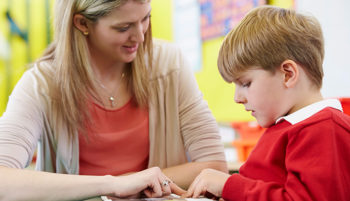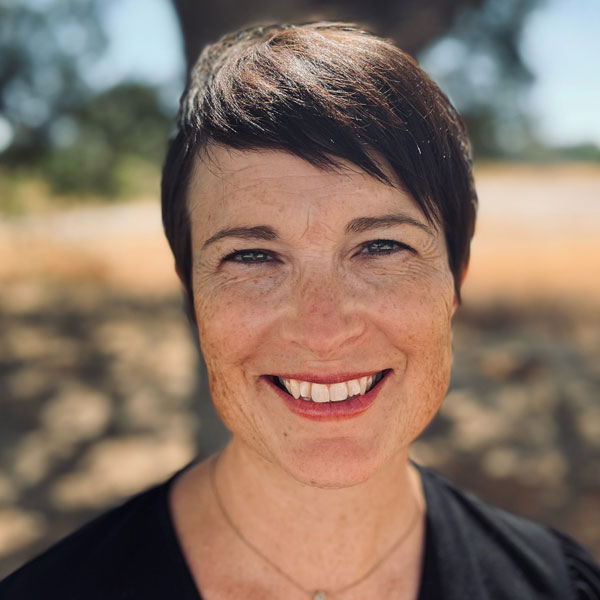 Why I Homeschool
Why I Homeschool
I never thought I would homeschool. Ever. As a third grader, I cried when my best friend announced she was going to be homeschooled. I was devastated! To me, homeschoolers were isolated and terribly bored. The homeschoolers I knew wore long dresses, rode in big passenger vans with multiple siblings, and stared awkwardly at strangers in public without speaking. I was, of course, overjoyed the next year when my friend returned to class.
As a parent, I fell into homeschooling rather accidentally. I had taught in traditional classrooms and always planned for my children to attend public school. In order to maximize family time with my husband’s crazy work schedule and because we knew we would be moving halfway through the year, we decided (very last minute) to homeschool.
Teaching Homeschool Challenges
I was immediately overwhelmed by the pressure of how to educate my children well. I was confused about the “right” way to homeschool. Should I buy the trendy butterfly poster and chalkboard that seemed to decorate all homeschool rooms everywhere? Should we say pledges every morning? Use a desk? Everyone else seemed to be doing it differently and better.
The homeschool community sometimes has strong, very vocal opinions that their particular methodology is the best way. The endless choices include:
- Charlotte Mason
- Montessori
- Wild + Free
- Classical
- Traditional
- Un-schooling
- Online
- In co-ops
- With tutors
- Under the umbrella of a charter school
I even knew an acquaintance who classified her system as “car-schooling”, since they spent so much time traveling.
What Teaching Method Works Best?
During my 9 years of homeschooling, I have realized that there is no one “right” way to homeschool, just like there is not one perfect way to teach in a traditional classroom. All teachers need to find a way to reach their students.
I found our path in homeschooling by trial and error, researching many different methods and curriculum, and blocking out the judgmental voices that said we HAD to do it a certain way or our children would grow up to be illiterate or feral.
Our family has settled into an eclectic form of homeschooling that doesn’t strictly follow any one format, but combines a few different approaches that work for us. We have always been part of a charter homeschool for support and accountability. And two years ago, our oldest returned to a public charter school, because I was no longer equipped to educate him well in math or science. In other words, algebra is hard for me.
If I obsess about what everyone else is doing, stubbornly try to do it all by myself, or don’t admit when something isn’t working, I will flounder. If I focus on what my children need in their unique educational paths and strive to meet those needs, we will thrive. In the end, isn’t that what we want as parents, for our children to embrace learning and be the best version of themselves?

Jo Baldwin first considered teaching as a career in seventh grade after helping a cousin survive summer school homework. Jo’s high school English teacher also inspired her love of teaching and continues to be one of her mentors to this day. After graduating with a B.A. in English and a secondary teaching credential from Northern Illinois University, she moved to California and taught in a private secondary school and then a public middle school. Jo now spends her time homeschooling two of her children, chasing animals on her hobby farm, and writing children’s literature. She loves to travel and explore wherever life takes her, wander through used bookstores, drink strong coffee with plenty of cream, and use newly sharpened pencils. She agrees with William Butler Yeats’ viewpoint on learning: “Education is not the filling of a pail, but the lighting of a fire.”

